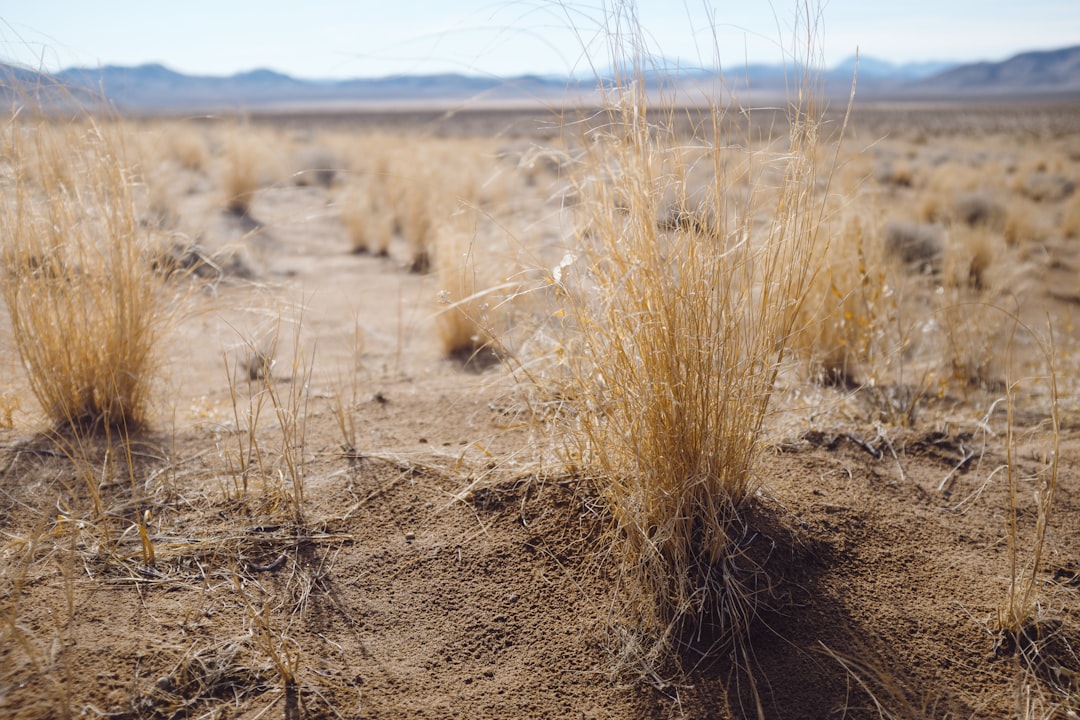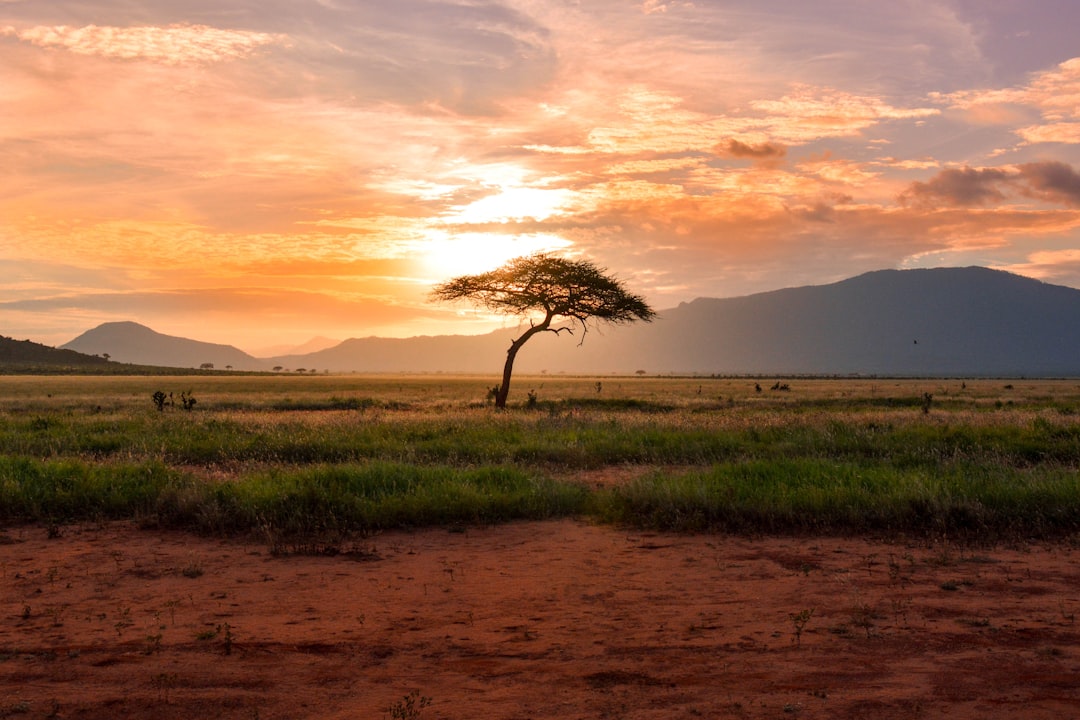What is it about?
Although it was common in Mesoamerica to adopt foreign deities from other pantheons, less is known about the processes of “translating” foreign deities as a function of the divinities’ attributes. This article analyzes the degree of intelligibility among pre-Hispanic K’iche’, P’urépecha, and Nahua peoples based on the study of patron gods Tohil and Curicahueri and their possible equivalents in the Central Highland pantheon. We can see that the search for divine homologous on the part of Mesoamerican peoples implies, beyond cultural homogeneity, an ongoing exchange of information, as well as recognition of the religion of the “other” based on equal standing, which tends to be a characteristic of polytheistic peoples in general.
Featured Image
Why is it important?
The search for divine homologous on the part of Mesoamerican peoples implies, beyond cultural homogeneity, an ongoing exchange of information, as well as recognition of the religion of the “other” based on equal standing, which tends to be a characteristic of polytheistic peoples in general.
Read the Original
This page is a summary of: TRANSLATING GODS: TOHIL AND CURICAUERI IN MESOAMERICAN POLYTHEISM IN THE POPOL VUH AND THE RELACIÓN DE MICHOACÁN, Ancient Mesoamerica, January 2015, Cambridge University Press,
DOI: 10.1017/s0956536115000280.
You can read the full text:
Contributors
The following have contributed to this page










